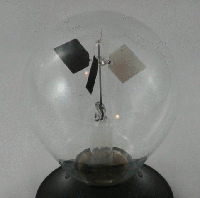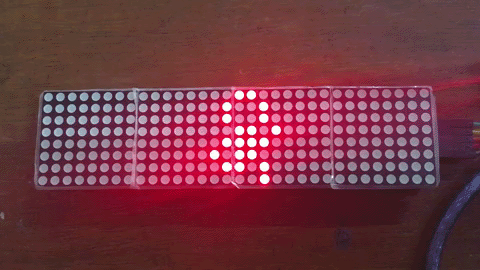Zoetrope: Hand crank connected to bevel gears to turn a motor, and then power a light in the interior of the zoetrope.

Haonan’s sketch of the zoetrope concept.
I like this concept because it’s a fun way to have a more creative output while still only lighting up a simple LED.
Parts needed: maybe legos for a prototype, PVC for a more sturdy mount, 3D printed gears, some paper to print the frames of the animation
Radiometer: converting light into motion, and then maybe using that rotational motion to generate a mirrored version where we power a lightbulb. (fake perpetual motion?)

Crookes radiometer from Wikipedia.
I was really curious about these devices because the vanes spin when exposed to light, essentially making a small light-powered heat engine. However, it only works due to the vacuum in the glass bulb, so I’m not sure we would be able to harness the motion to generate another output the way we envisioned.
Parts needed: would probably buy a cheap radiometer online to tinker with before deciding to pursue this idea.
